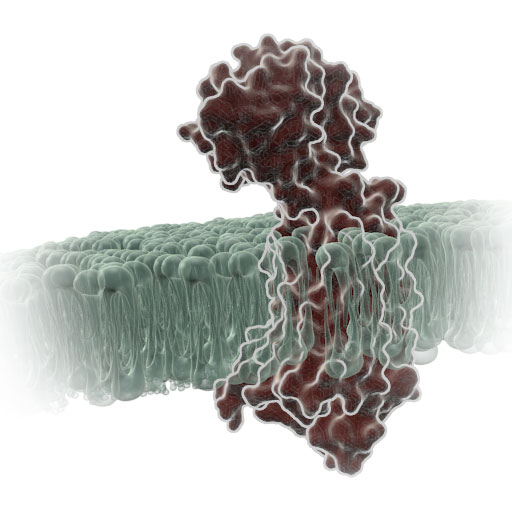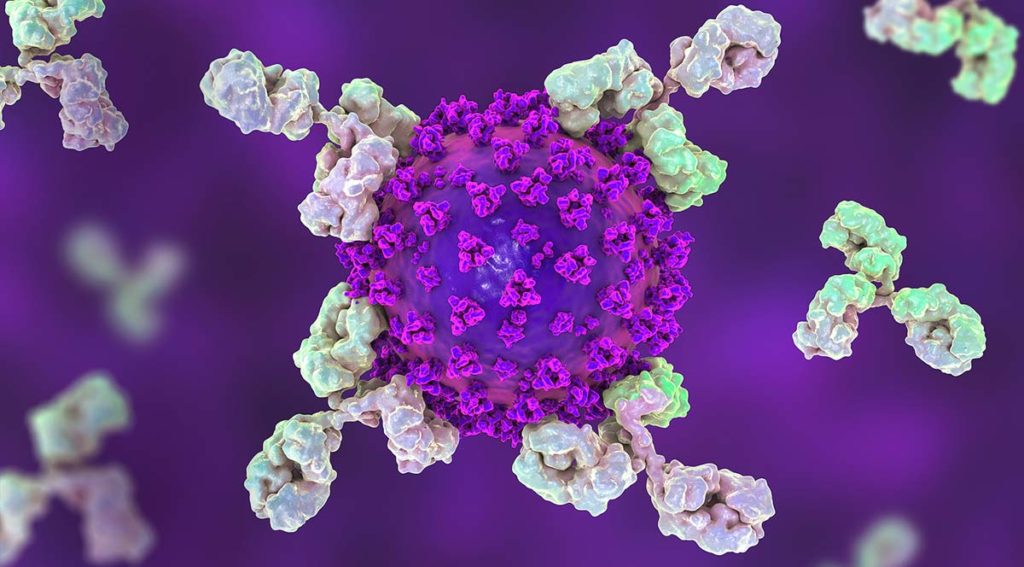 It is not difficult to appreciate why a keen sense of smell is important to well-being and to general living. While it signals the presence of delicious (or stale) food before we can even see or taste it, it has obvious great survival value to be able to alert living beings of danger such as certain poisons, leaking gas or fire. Humans are known to identify about 10,000 different types of odors. Of course dogs have vastly improved and keener sense of smell than human beings.
It is not difficult to appreciate why a keen sense of smell is important to well-being and to general living. While it signals the presence of delicious (or stale) food before we can even see or taste it, it has obvious great survival value to be able to alert living beings of danger such as certain poisons, leaking gas or fire. Humans are known to identify about 10,000 different types of odors. Of course dogs have vastly improved and keener sense of smell than human beings.
When odorant molecules (molecules that we can smell) reach the nostril, they dissolve in the mucus and bind to olfactory receptors present on the cilia of each sensory neuron. This binding activates a G-protein coupled cascade involving adenylyl cyclase. This causes the release of cyclic AMP and opening of cAMP-dependent sodium channels. Influx of sodium causes the membrane to depolarize and activate an action potential for propagation of the signal to the brain where it is analyzed and decoded(1). This seems pretty straightforward until one realizes the sheer magnitude of smells we are able to identify using this mechanism. Continue reading “Chromatography and “Air Traffic Control” Interplay Direct Olfactory Function”
Like this:
Like Loading...


